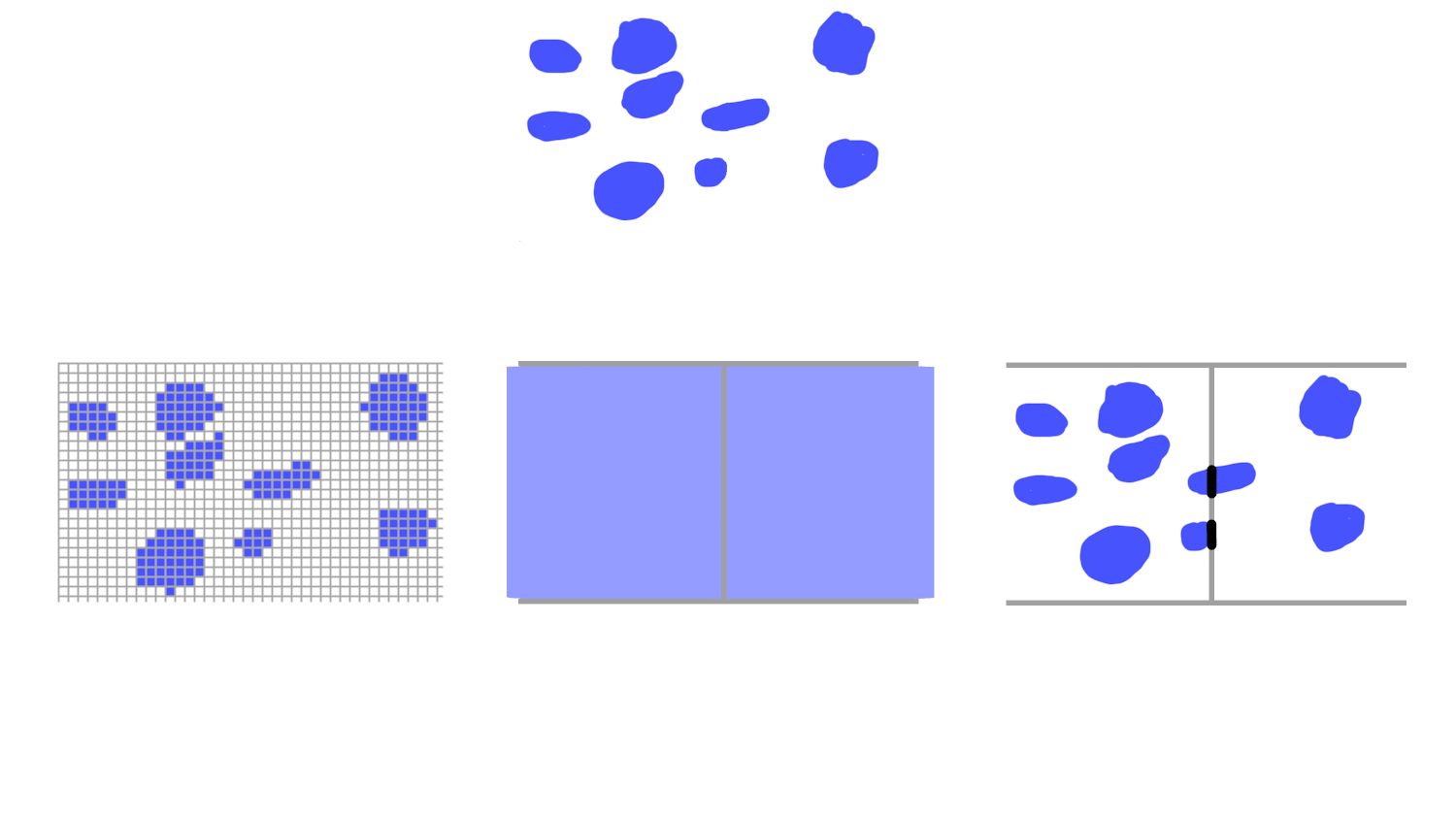Gas can be found in and around galaxies and exhibits a wide range of conditions: from hot and dilute to cold and dense, and even molecular phases. While it is theoretically established that these different states can coexist in the same galactic environment as a multi-phase medium, numerical modeling of these multi-phase states in simulations of galaxy formation is difficult, even with state of the art computational resources. The main problem is the small size of the cold clouds embedded in the hotter medium. This leads to either a huge number of resolution elements, thus restricting the simulation to a small patch, or requires analytical approximations. While most prevalent in the interstellar medium the same problem exists in the circumgalactic medium around galaxies and even in supernova or active galactic nucleus driven galactic winds. As such, this problem poses severe limitations to modern cosmological simulations of galaxy formation. I recently developed a multi-fluid modeling technique that treats gas as 2-phase by nature without the need to spatially resolve individual clouds. Unresolved processes between the phases can be modeled statistically and applied in global galaxy simulations in a mathematically well-defined way. Using this new numerical technique, I am currently interested in developing a model for the interstellar medium that is capable of simulating a representative sample of galaxies thereby connecting to surveys mapping the interstellar medium of nearby galaxies, studying multi-phase galactic winds and their dependence on the interaction between the phases, and investigating how gas condensing out of the circumgalactic medium depends on its cosmological environment.

Comments are closed